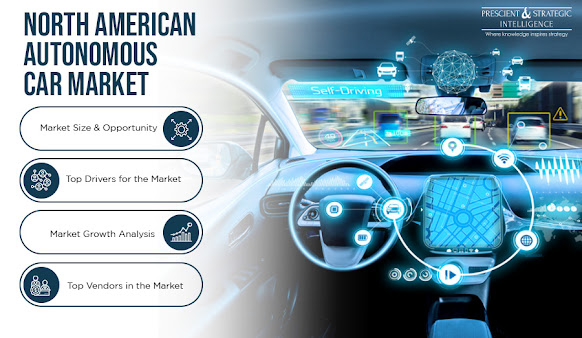With the surging air pollution levels and rising carbon emissions, the governments of many countries are focusing on promoting the adoption of electric aircrafts. Moreover, the increasing implementation of regulatory environment regulations and carbon emission policies in several countries is also fueling the demand for electric aircrafts. For instance, Norway is aiming to deploy aircrafts powered by electricity in order to mitigate the emission of greenhouse gases by 2040. In addition, the Government of Norway wants aircraft manufacturing companies to manufacture a 30-seat airliner powered by electric motors, that can be officially launched by 2025.
Similarly, a JetBlue Airways, Zunum Aero, and Boeing Co. backed startup announced in May 2018 that it intends to launch its first hybrid-electric plane by 2022. Furthermore, the rising number of airline passengers is also positively impacting the worldwide requirement for aircrafts that are easier to maneuver, safer, and create less noise. Besides these factors, the lower cost of ownership of electric aircrafts is also fueling the expansion of the global electric aircraft market.
Geographically, the deployment of these aircrafts is expected to rise considerably in North America in the forthcoming years, with the U.S. predicted to become the largest electric aircraft market in the upcoming years. The Environmental Protection Agency (EPA) has recently laid down regulations pertaining to the emission of greenhouse gases by aircrafts. Moreover, the increasing research activities and rapid technological advancements are also expected to fuel the demand for electric aircrafts in the country in the upcoming years.
With the enactment of such strict regulations by the governments of other countries, the sales of electric aircrafts are surging sharply. This is also encouraging original equipment manufacturers (OEMs) to penetrate newer markets in both developing and developed nations. In addition, the burgeoning requirement for the adoption of fuel cells in electric aircrafts, advent of technologically advanced battery parts and materials, and emergence of next-generation asynchronous propeller technology in order to cater to the needs of consumers are predicted to push up the sales of electric aircrafts in the coming years.
Hence, it can be safely said that the demand for electric aircrafts will rise enormously in the coming years, mainly because of the burgeoning need for environment-friendly aircrafts all over the world.















